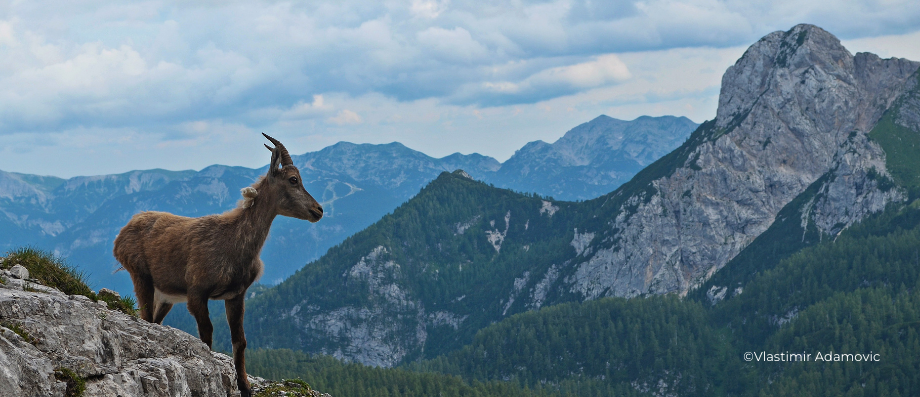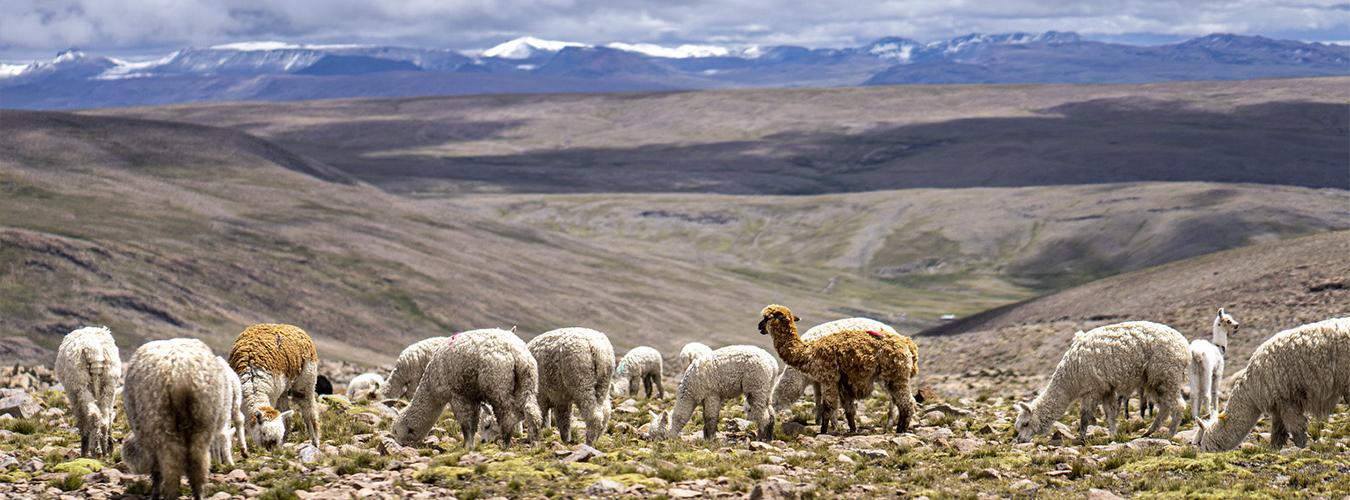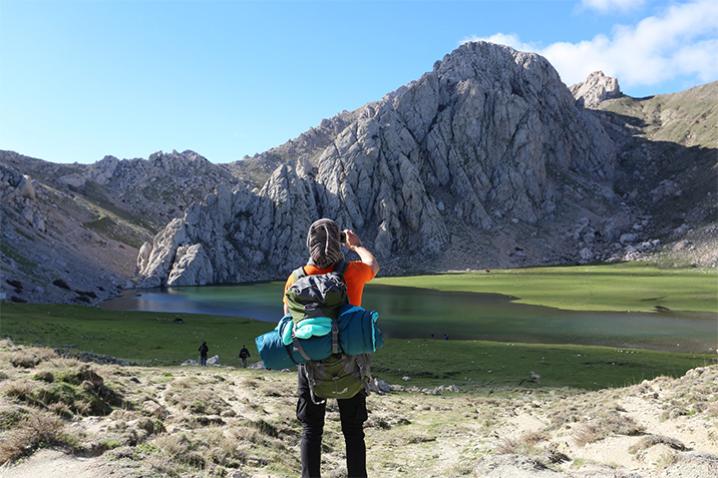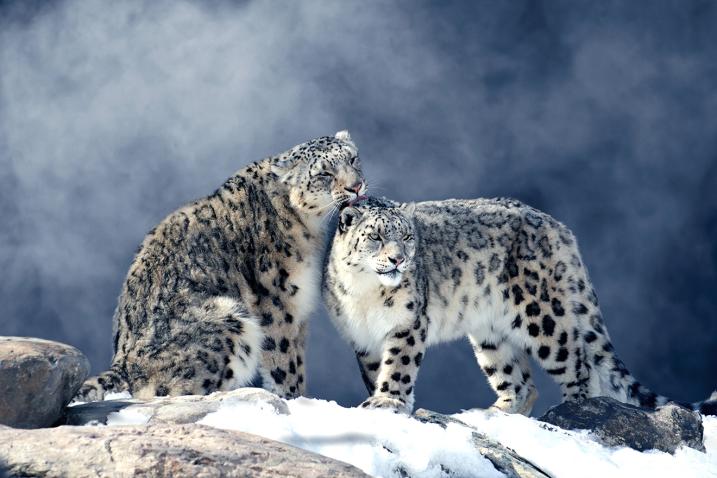Restoring mountain ecosystems
Mountains are natural jewels we should treasure.They are home to 15% of the world´s population and host about half of the world's biodiversity hotspots. They provide freshwater for everyday life to half of humanity, helping to sustain argiculture and supply clean energy and medicines.
Unfortunately, mountains are under threat from climate change ,overexploitation and contamination, increasing the risk s for the people and the planet.
As the global climate continues to warm, mountain glaciers melt affecting freshwater supplies downstream, and mountain people — some of the world’s poorest — face even greater struggles to survive.
Steep slopes mean the clearing of forest for farming, settlements or infrastructure can cause soil erosion as well as the loss of habitat. Erosion and pollution harm the quality of water flowing downstream and the productivity of soil. In fact, over 311 million rural mountain people in developing countries live in areas exposed to progressive land degradation, 178 million of whom are considered vulnerable to food insecurity.
This problem affects us all. We must reduce our carbon footprint and take care of these natural treasures.
International Mountain Day 2023, under the title “Restoring mountain ecosystems” is a chance to increase awareness about the relevance of mountain ecosystems and call for nature-based solutions, best practices and investments that build resilience, reduce vulnerability and increase the ability of mountains to adapt to daily threats and extreme climatic events.
If you missed FAO's official event, you can watch it now!
This high-level event, celebrated within COP28, featured prominent speakers and provided space for youth and Indigenous Peoples from world mountain regions to share their perspectives on addressing the interlinked crises of climate change, biodiversity loss, and ecosystem degradation

Did you know?
- Of the 20 plant species that supply 80% of the world's food, six originated and have been diversified in mountains: maize, potatoes, barley, sorghum, tomatoes, and apples
- Mountain ecosystems are under threat from pollution. Microplastics have even been found as high as the summit of Mt. Everest.
- Up to 84 percent of endemic mountain species are at risk of extinction, according to the Intergovernmental Panel on Climate Change.
Join the FAO photocontest!

Learn about the terms and conditions of the contest. You have until November 10 to submit your photo.




